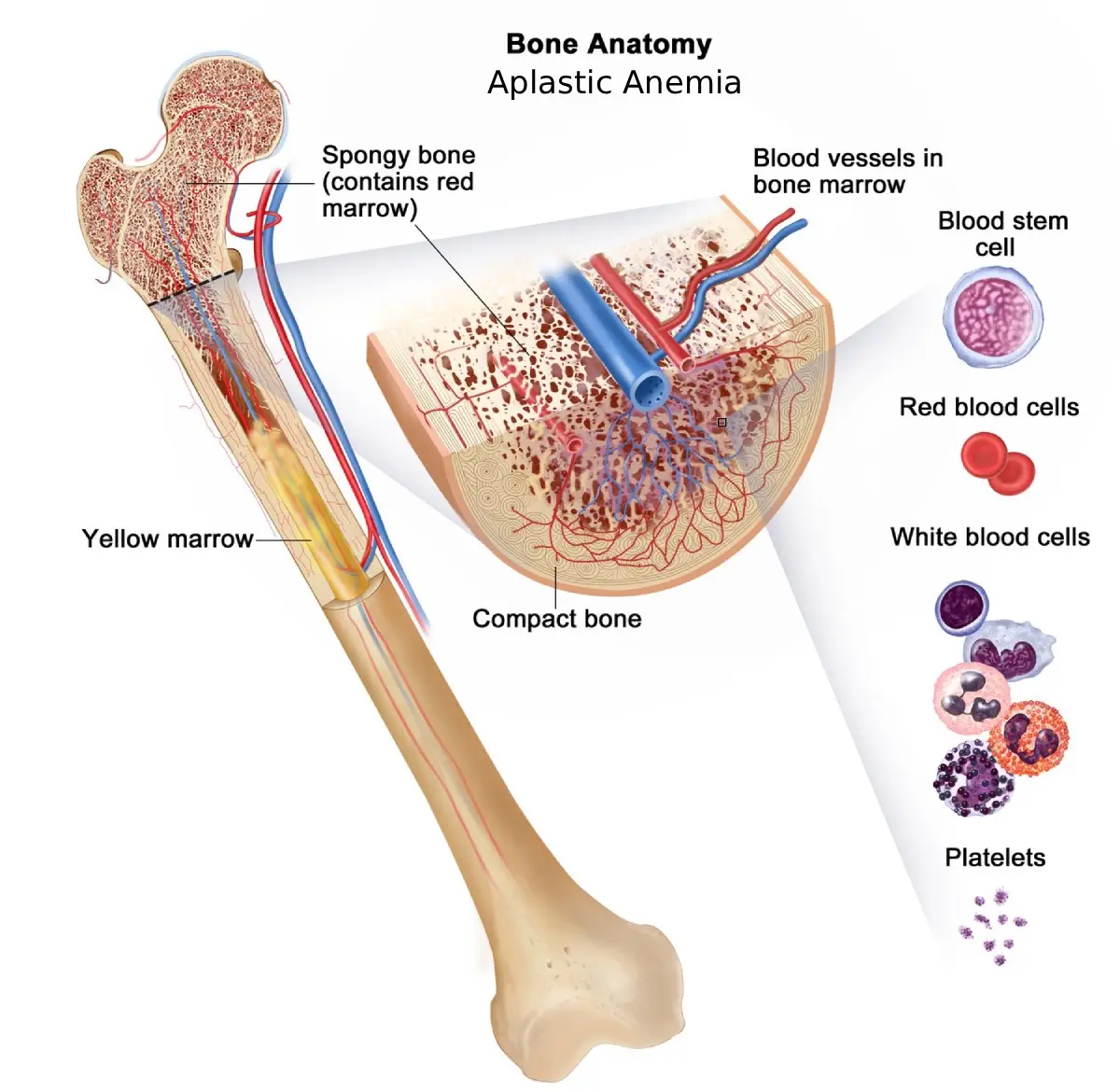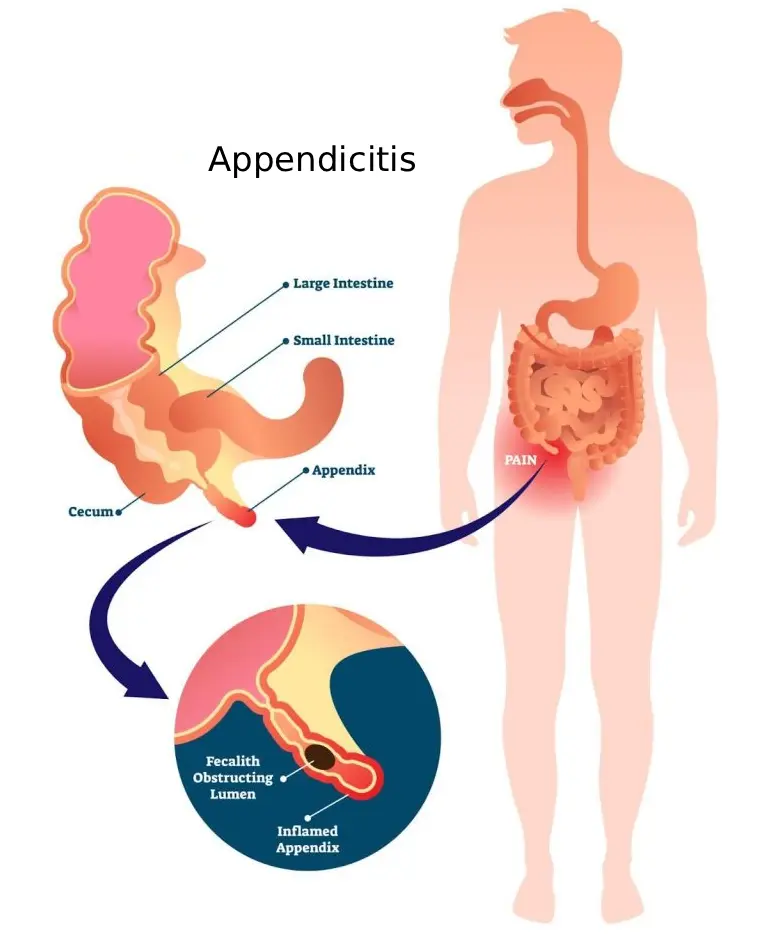Reactive arthritis (Reiter’s syndrome) is a rare, temporary form of inflammatory arthritis that’s triggered by a bacterial infection. It causes pain and stiffness in your joints, especially in your lower body. It can also cause symptoms in other body tissues, like your eyes and skin, as well as whole-body symptoms like fatigue. But unlike most types of arthritis, it’s not a lifelong condition, and it usually …
Rheumatoid Arthritis
Rheumatoid arthritis (RA) is a chronic (ongoing) autoimmune disease that causes pain, swelling and stiffness in the lining of your joints (synovium). It most commonly affects the joints in your fingers, hands, wrists, knees, ankles, feet and toes. RA usually occurs in the same joints on both sides of your body, which makes it different from some other types of arthritis. Uncontrolled inflammation damages cartilage, which …
Septic Arthritis
Septic arthritis (also known as infectious arthritis) happens when an infection spreads to one or more of your joints and causes inflammation. The inflammation is in the surface of the cartilage (a type of connective tissue) that lines your joints and the synovial fluid that lubricates your joints. Bacteria, a virus or fungus may cause the infection, which usually comes …
Thumb Arthritis
Arthritis in your thumb occurs when the protective cartilage cushioning your thumb joints starts to wear out and deteriorate. This type of arthritis is called osteoarthritis. In your thumb, osteoarthritis develops most often in the basal joint at the base of your thumb. This is also called your thumb carpometacarpal (CMC) joint. The CMC joint is located near your wrist at the …
Aphasia
Aphasia is a disorder that affects communication. It can interfere with the ability to speak, write, and understand both spoken and written language. Aphasia most often occurs suddenly after a stroke or head injury. In some cases, it develops gradually due to a slow-growing brain tumor or a progressive neurological condition that causes ongoing damage to brain cells. The severity …
Primary Progressive Aphasia
Primary progressive aphasia (PPA) is a neurological disorder that affects a person’s ability to speak and communicate. Aphasia is a language disorder that results from damage to key parts of your brain that are responsible for understanding or producing speech and/or writing. When the aphasia is from a brain disease that gets worse over time (progressive neurodegenerative disease), healthcare providers call it …
Canker Sore
Canker sores — or aphthous ulcers — are small, shallow ulcers that occur in the lining of your mouth. A canker sore starts as a white or yellowish mouth sore with a red border. They’re usually very small (less than 1 millimeter) but may grow to 1/2 inch to 1 inch in diameter. You can get canker sores on your tongue, gums, …
Broken Heart Syndrome
Broken heart syndrome is a short-term condition where some of your heart muscle weakens rapidly. This typically happens after a sudden physical or emotional stressor. When part of your heart isn’t working well, the other parts may work harder. Weak heart muscle can disrupt your heart’s supply of blood and its ability to pump. If your heart isn’t pumping well, that harms your whole …
Aplastic Anemia
Aplastic anemia is a condition in which the bone marrow stops making enough new blood cells. This leads to a shortage of red blood cells, white blood cells and platelets. As a result, people with aplastic anemia may feel very tired and are more likely to develop infections and uncontrolled bleeding. Aplastic anemia is rare and can occur at any …
Appendicitis
Appendicitis is an inflammation of the appendix. The appendix is a small, finger-shaped pouch attached to the colon on the lower right side of the abdomen. Appendicitis commonly causes pain in the lower right abdomen. In many people, the pain starts near the belly button and then moves to the lower right side. As the inflammation worsens, the pain usually …

